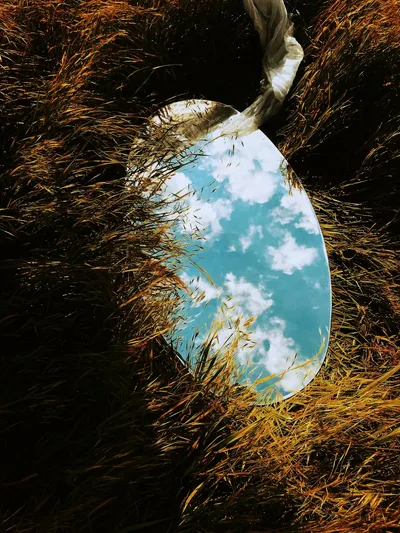Introducing Biophilic Design: Enhancing Eco-Friendly Living Spaces

Understanding Biophilic Design
Biophilic design is an innovative approach that seeks to connect modern architecture and interior design with the natural environment. Recognizing the innate human connection to nature, this design philosophy integrates natural elements into living spaces, contributing to both sustainability and enhanced well-being. As eco-friendly living becomes more crucial, biophilic design offers an aesthetically pleasing and ecologically responsible solution.
Key Principles of Biophilic Design
The core principles of biophilic design revolve around natural connection. These include the use of natural materials, adequate daylighting, indoor plants, and textures that mimic nature. By focusing on these elements, biophilic interiors not only enhance the sensory experience but also reduce environmental impact through sustainable practices.
Incorporating Natural Elements
Integrating natural elements into your home can be a seamless process. Consider sourcing materials such as reclaimed wood or bamboo, which are both sustainable and visually appealing. Natural fibers for textiles add warmth and texture, while providing a biodegradable option. Mimicking outdoor settings with the inclusion of water features can also transform indoor spaces into soothing retreats.
Benefits of Biophilic Design
Improved Well-Being
The psychological benefits of biophilic design are well-documented. Natural environments can reduce stress, enhance mood, and promote cognitive function. By bringing elements of nature inside, these benefits can extend to indoor environments, creating healthier, happier living spaces.
Sustainability
Switching to eco-friendly design principles reduces energy usage and embraces sustainably sourced materials, minimizing the environmental footprint. Homes designed with natural light in mind require less artificial lighting, while features like green roofs and walls increase insulation and reduce overall energy consumption.
Implementing Biophilic Design in Your Home
Start Small
You don’t need to overhaul your home to embrace biophilic design. Start by incorporating houseplants or rearranging your furniture to enhance natural light. Even minor changes, like introducing earthy colors or installing a miniature indoor water feature, can have a significant impact.
Collaborate with Experts
To maximize the benefits of biophilic design, consider consulting with an eco-friendly interior designer. Professionals have the expertise to effectively incorporate natural elements while ensuring alignment with sustainable practices.
Conclusion
Adopting biophilic design in your home is not only a step towards eco-friendly living but also an investment in your well-being. By integrating elements of nature into interior spaces, you can enjoy a sustainable, stylish, and nurturing environment that complements modern and timeless aesthetics alike. Embrace biophilia and transform your spaces into environmentally responsible havens that celebrate the beauty of our natural world.
Dive Deeper: More Inspirational Reads
Ready to take your design journey to the next level? Dive deeper into our blogosphere and uncover a wealth of knowledge waiting to be explored. Our curated selection of related articles offers even more inspiration, tips, and ideas to spark your creativity and ignite your passion for home decor. From practical advice to creative solutions, there's always something new to discover in our ever-expanding collection of articles.

Blending Art Deco and Minimalism: A Timeless Fusion

Mastering the Elegance of French Country Interiors

